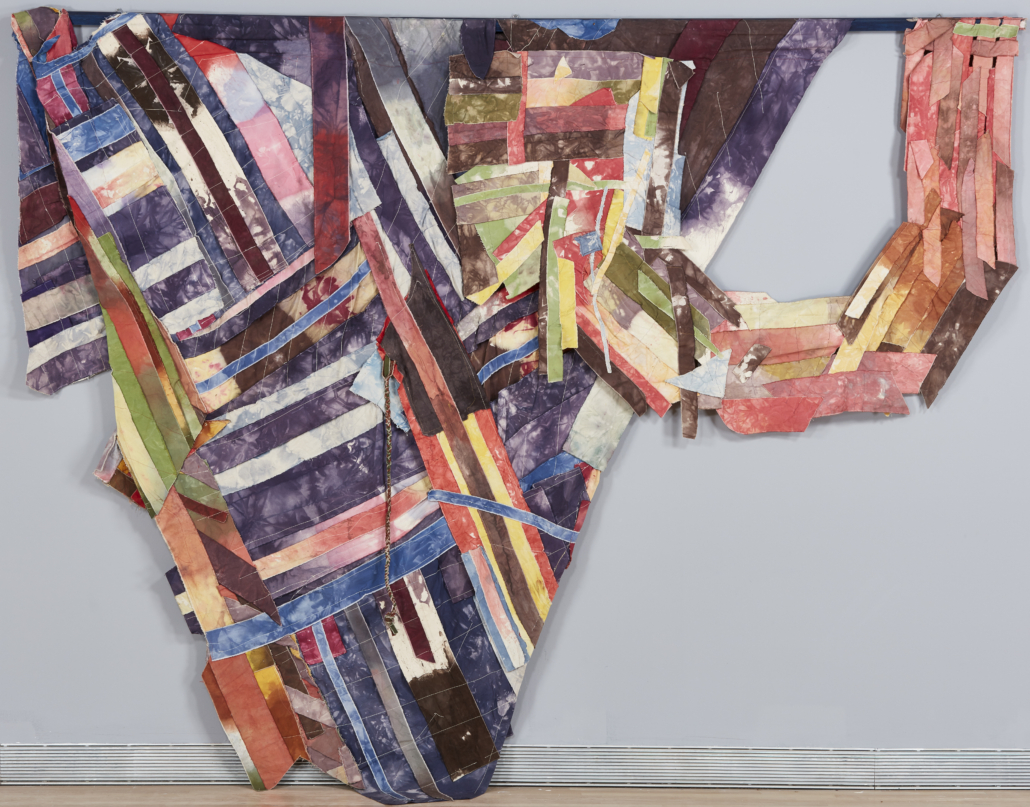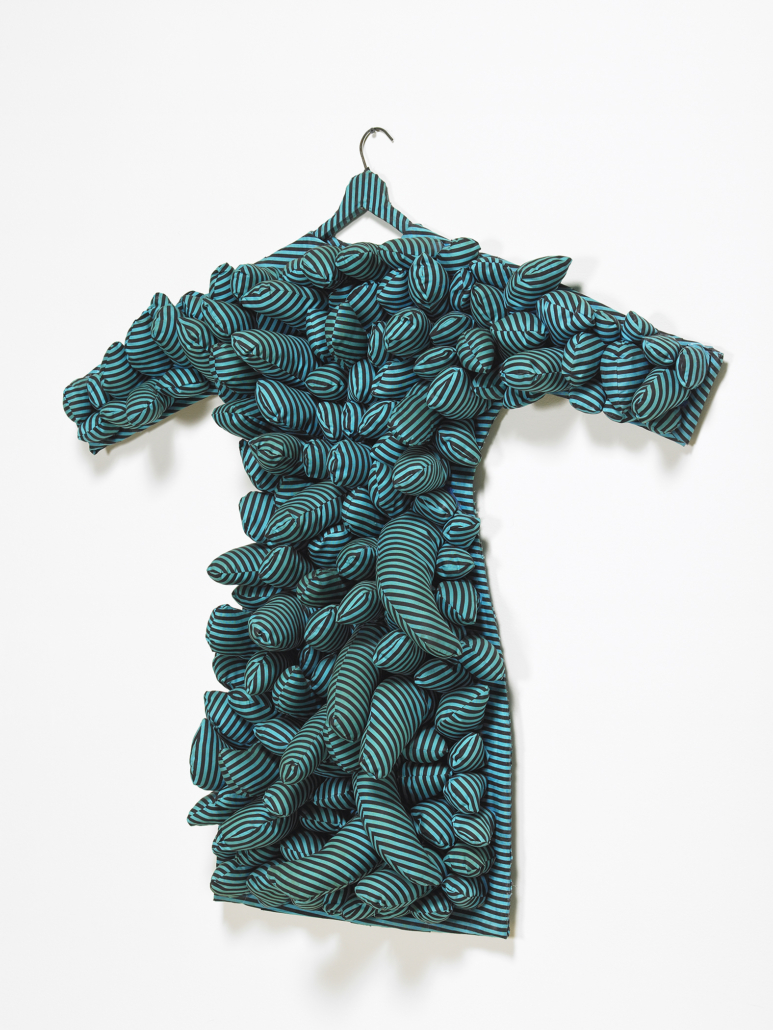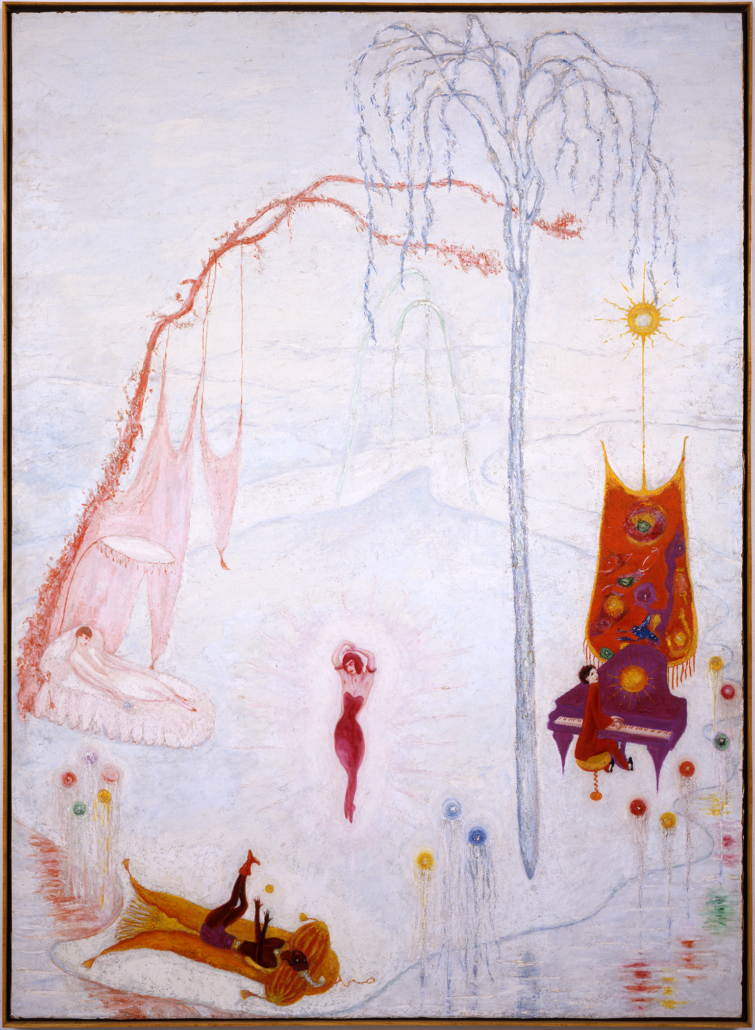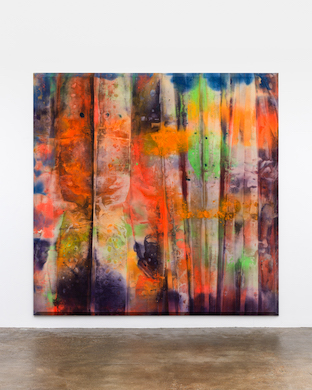
WALTHAM, Mass. – “I don’t want to wallow in art history,” wrote Jack Whitten. “I want to use art history as a catapult.” As an artist, Whitten recognized the past as both a foundation and a launching pad to reach uncharted realms. Organized in celebration of the Rose’s 60th anniversary and opened June 25, the exhibition re: collections, Six Decades at the Rose Art Museum, casts a critical eye in these two directions: highlighting the Rose’s radical roots while showcasing the potential for future transformations. Following the example of artists featured in the exhibition, re: collections challenges art historical conventions and cultural hierarchies by charting alternative genealogies that link artworks drawn from the museum’s stellar permanent collection. The show will be on view for three years, with several rotations.
“re: collections is a culmination of many years of research, teaching, and critical thinking about the art historical canon — how it was forged, by whom, its biases, omissions, and deliberate exclusions,” said Gannit Ankori, Henry and Lois Foster Director and Chief Curator. “The curatorial team and I knew that we didn’t want to feature the Rose’s incredible collection as a mere illustration of the traditional Euro- and U.S.-centric narrative of art. We didn’t want to reiterate such limited and limiting perspectives of human creativity.”

Texts spaced across the Rose’s galleries introduce thematic and formal threads interwoven throughout the show. The resilient creativity of artists has long been a force for change, pushing against and altering the boundaries of the accepted and expected. Remixing traditional materials and modes of artmaking expands what these categories might be, just as the subversion and reconfiguration of representations made by others make room for art that speaks powerfully of the self and to newly envisioned worlds and ways of being.

The exhibition recontextualizes the familiar while introducing the new, displaying well-known works alongside emerging and historically underrepresented artists. Across three galleries, re: collections features: Raida Adon, Radcliffe Bailey, John Bankston, Matthew Barney, Christian Boltanski, Mark Bradford, Robert Capa, Sarah Charlesworth, Zoe Charlton, Robert Colescott, Renee Cox, Jamal Cyrus, Stuart Davis, Beauford Delaney, Jim Dine, Mark Dion, Rosalyn Drexler, Melvin Edwards, Marisol, Pepe Espaliu, Fred Eversley, Nona Faustine, Weegee, Ellen Gallagher, Ja’Tovia Gary, Paul Gauguin, Gregory Gillespie, Sam Gilliam, Nan Goldin, Adolph Gottlieb, Francisco de Goya, Myra Greene, Grace Hartigan, Marsden Hartley, Jenny Holzer, AJAMU (Ajamu Ikwe-Tyehimba), Robert Indiana, Jennie C. Jones, Vassily Kandinsky, Ellsworth Kelly, Wakamatsu Koichiro, Kathe Kollwitz, Willem de Kooning, Yayoi Kusama, Roy Lichtenstein, Morris Louis, Whitfield Lovell, Al Loving, Danny Lyon, Rene Magritte, Agnes Martin, Ana Mendieta, Mohau Modisakeng, Tracey Moffatt, James “Ari” Montford, Charles Moore, Robert Motherwell, Romando Vigil (Tse Ye Mu), Senga Nengudi, Claes Oldenburg, B. Ingrid Olson, Yoko Ono, Alfonso Ossorio, Irene Rice Pereira, Judy Pfaff, Pablo Picasso, Howardena Pindell, Elle Perez, Robert Rauschenberg, Arthur Rothstein, Betye Saar, Kay Sage, Cheri Samba, Joan Semmel, Cindy Sherman, Lorna Simpson, Tuesday Smillie, Patti Smith, Florine Stettheimer, William Villalongo, Dahn Vo, Andy Warhol, Jack Whitten, Velino Shije Herrera (Ma Pe Wi), Fred Wilson, Francesca Woodman, and Lynette Yiadom-Boakye.

re: collections, Six Decades at the Rose Art Museum is curated by Gannit Ankori, Henry and Lois Foster Director and Chief Curator, Elyan J. Hill, Guest Curator of African and African Diaspora Art, and Caitlin Julia Rubin, Associate Curator and Director of Programs. Programming and a free brochure will be available. In addition, a major catalog to be published by Brandeis University Press in 2023 will echo and enhance the show’s themes and concepts.
re: collections, Six Decades at the Rose Art Museum is made possible by the generous support of the Henry Luce Foundation. The exhibition was designed by Isometric Studios, Brooklyn, New York.
ABOUT THE ROSE ART MUSEUM AT BRANDEIS UNIVERSITY
The Rose Art Museum has been dedicated to exhibiting and collecting modern and contemporary art at Brandeis University since 1961. With its highly respected international collection of more than 9,000 objects, scholarly exhibitions, and multidisciplinary academic and public programs, the Rose affirms and advances the values of freedom of expression, global diversity, and social justice that are the hallmarks of Brandeis University. The museum is always free and open to the public and is located 20 minutes from downtown Boston.
For more information visit www.brandeis.edu/rose.


